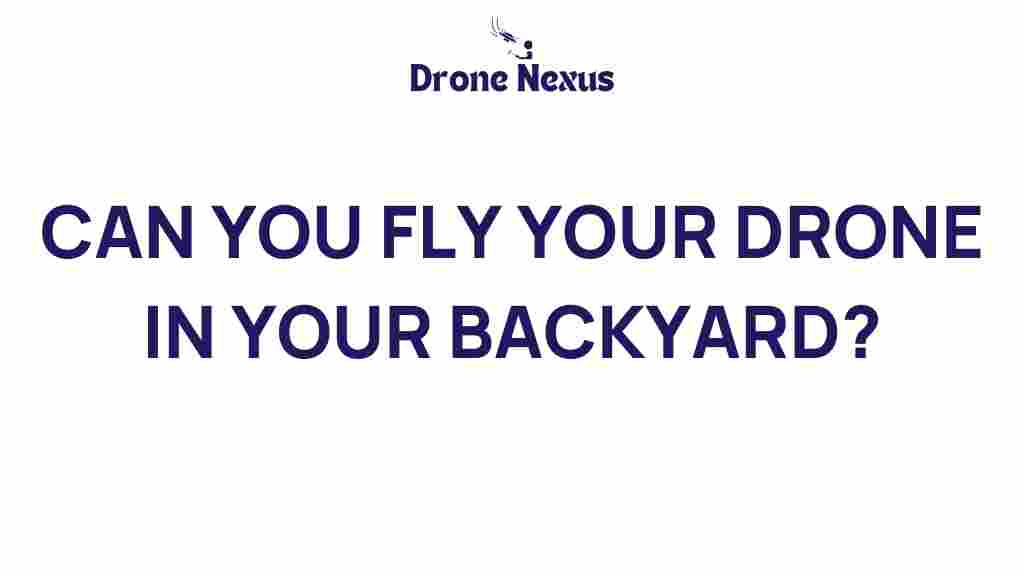Drone Flying: What You Need to Know Before Taking Off
In recent years, drone flying has become a popular hobby for many people. Whether you’re looking to capture stunning aerial photographs or simply enjoy the thrill of piloting a flying machine, there are several important aspects to consider before you take to the skies. This comprehensive guide will help you navigate the essentials of drone flying, from choosing the right drone to understanding the regulations that govern the skies.
Getting Started with Drone Flying
Before you embark on your drone flying adventure, it’s crucial to understand the key components involved in this exciting hobby. Here’s a step-by-step process to get you started:
- Choose the Right Drone: Selecting the right drone is fundamental. Consider factors like camera quality, flight time, range, and budget. Popular brands include DJI, Parrot, and Autel Robotics.
- Understand the Regulations: Familiarize yourself with the local laws and regulations regarding drone flying. Many countries require drone pilots to register their drones and follow specific guidelines. Visit the FAA’s website for detailed information.
- Acquire Necessary Accessories: Invest in essential accessories, such as spare batteries, a carrying case, and a good quality charger. These items will enhance your flying experience and ensure you’re always prepared.
- Learn to Fly: Before you take your drone out for a spin, practice flying in an open, unobstructed area. Many drones come with simulators to help you master the controls.
Essential Equipment for Drone Flying
Apart from the drone itself, there are several pieces of equipment that can enhance your drone flying experience. Consider the following:
- Controller: A good controller is vital for precise maneuvering. Many drones come with dedicated controllers, but third-party options may offer additional features.
- Camera: If your primary interest is photography or videography, invest in a high-quality camera that suits your needs. Many drones come equipped with excellent cameras, but you can also attach your own.
- Propellers: Extra propellers are a must-have, as they can get damaged during flights. Having spares will save you from interruptions.
- Battery Packs: Flight time is often limited by battery life, so purchasing additional battery packs will allow for longer flying sessions.
Preparing for Your First Flight
Once you have your drone and gear ready, it’s time to prepare for your first flight. Here’s how:
- Check the Weather: Always check the weather conditions before flying. Windy or rainy conditions can adversely affect your flight.
- Conduct a Pre-Flight Checklist: Ensure all components are functioning correctly, including the battery, propellers, and camera.
- Choose a Suitable Location: Select a spacious area free of obstacles, people, and wildlife. Parks or open fields are typically great options.
- Follow Safety Protocols: Always maintain a line of sight with your drone and avoid flying near airports or crowded areas.
Understanding Drone Flying Regulations
Adhering to regulations is crucial for responsible drone flying. Here are some key regulations to keep in mind:
- Registration: In many jurisdictions, drones over a certain weight must be registered with the relevant aviation authority.
- Flight Altitude: Most countries restrict drone flying to a maximum altitude of 400 feet.
- Restricted Areas: Avoid flying in restricted areas such as near airports, military bases, or national parks.
- Privacy Laws: Respect the privacy of others. Avoid flying over private property without permission.
Troubleshooting Common Issues in Drone Flying
Even seasoned pilots encounter issues while flying. Here are some troubleshooting tips to handle common problems:
- Drone Won’t Take Off: Check the battery charge and ensure propellers are securely attached. Restart the drone and try again.
- Loss of Signal: If you lose connection, remain calm. Most drones will automatically return to their take-off point if the signal is lost.
- Camera Issues: If the camera isn’t functioning, check the connections and ensure the firmware is updated.
- Drone Drifting: If your drone drifts during flight, recalibrate the sensors according to the manufacturer’s instructions.
Enhancing Your Drone Flying Skills
As you gain experience in drone flying, consider exploring advanced techniques to enhance your skills:
- Learn Aerial Photography: Take courses or watch tutorials on aerial photography to capture stunning images and videos.
- Practice Advanced Maneuvers: Try out advanced flying techniques, such as flips and rolls, to challenge yourself.
- Participate in Local Clubs: Join local drone clubs or online communities to share experiences and learn from others.
Conclusion
Drone flying is an exhilarating hobby that offers endless opportunities for creativity and exploration. By following the guidelines outlined in this article, you’ll be well-equipped to take off safely and responsibly. Remember to always prioritize safety, adhere to regulations, and continue improving your skills. Whether you’re capturing breathtaking landscapes or simply enjoying the thrill of flight, the adventure of drone flying awaits you!
For more information on drone flying tips and regulations, visit this helpful resource. Happy flying!
This article is in the category Safety and created by DroneNexus Team
